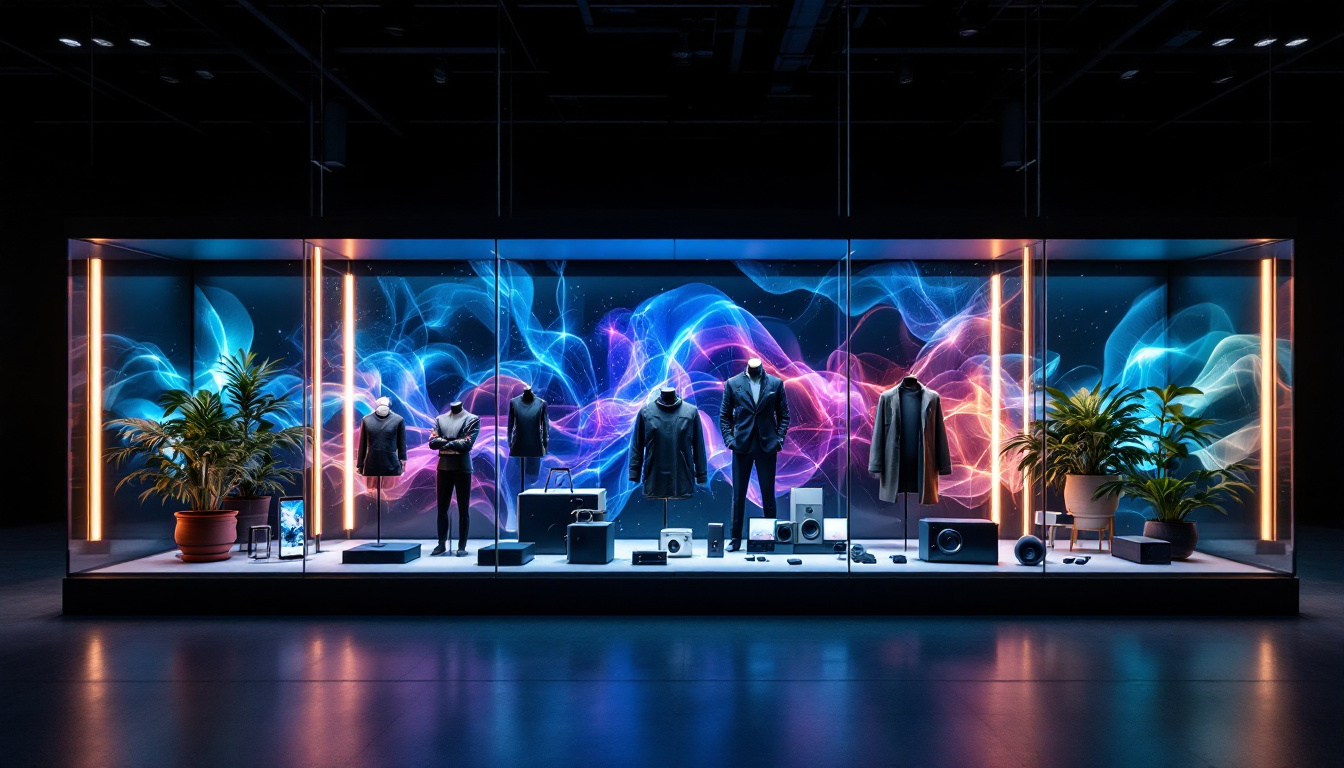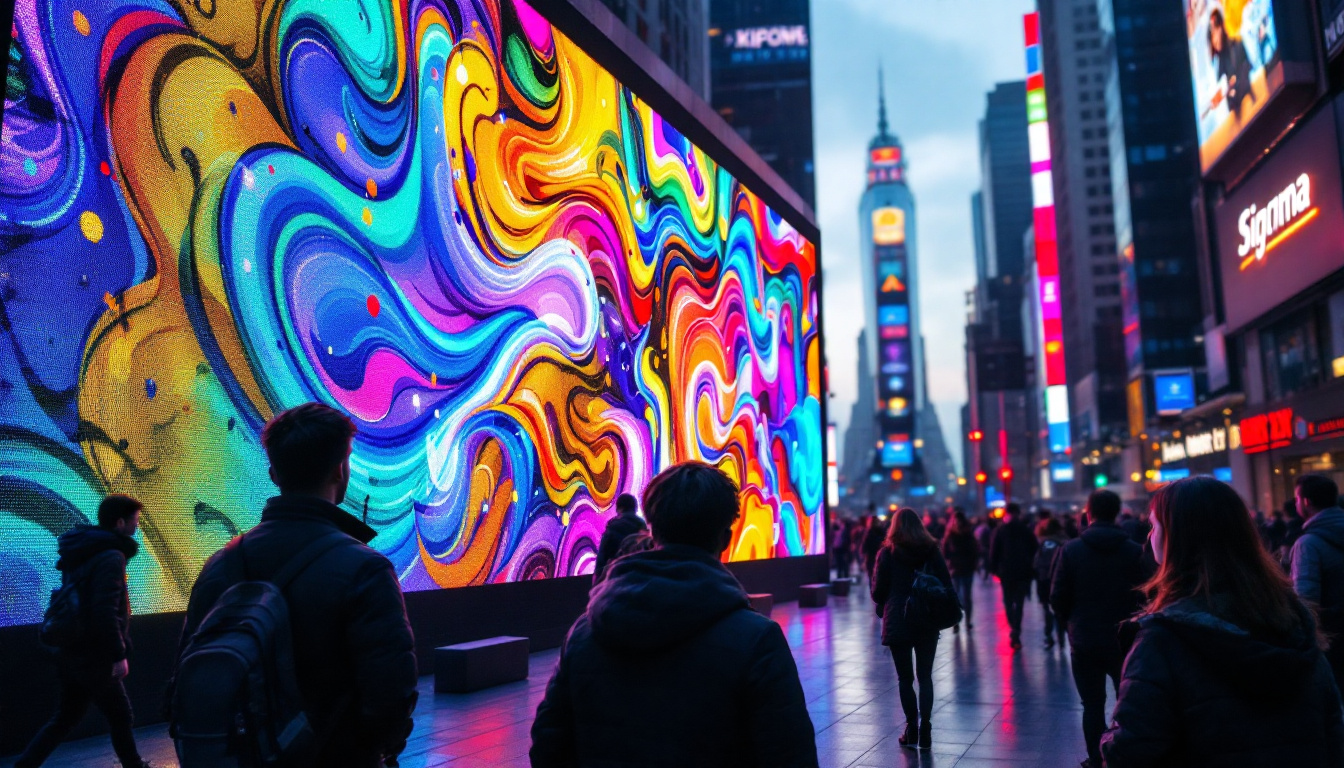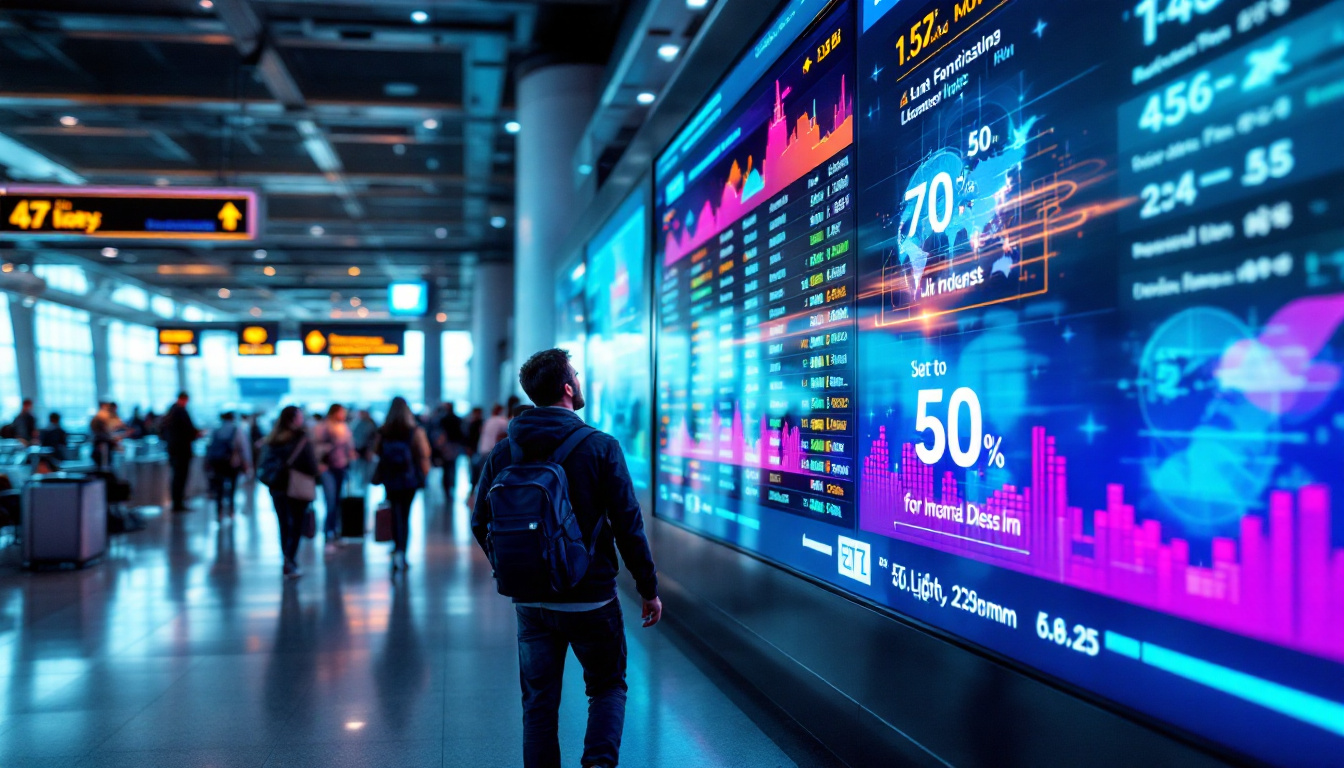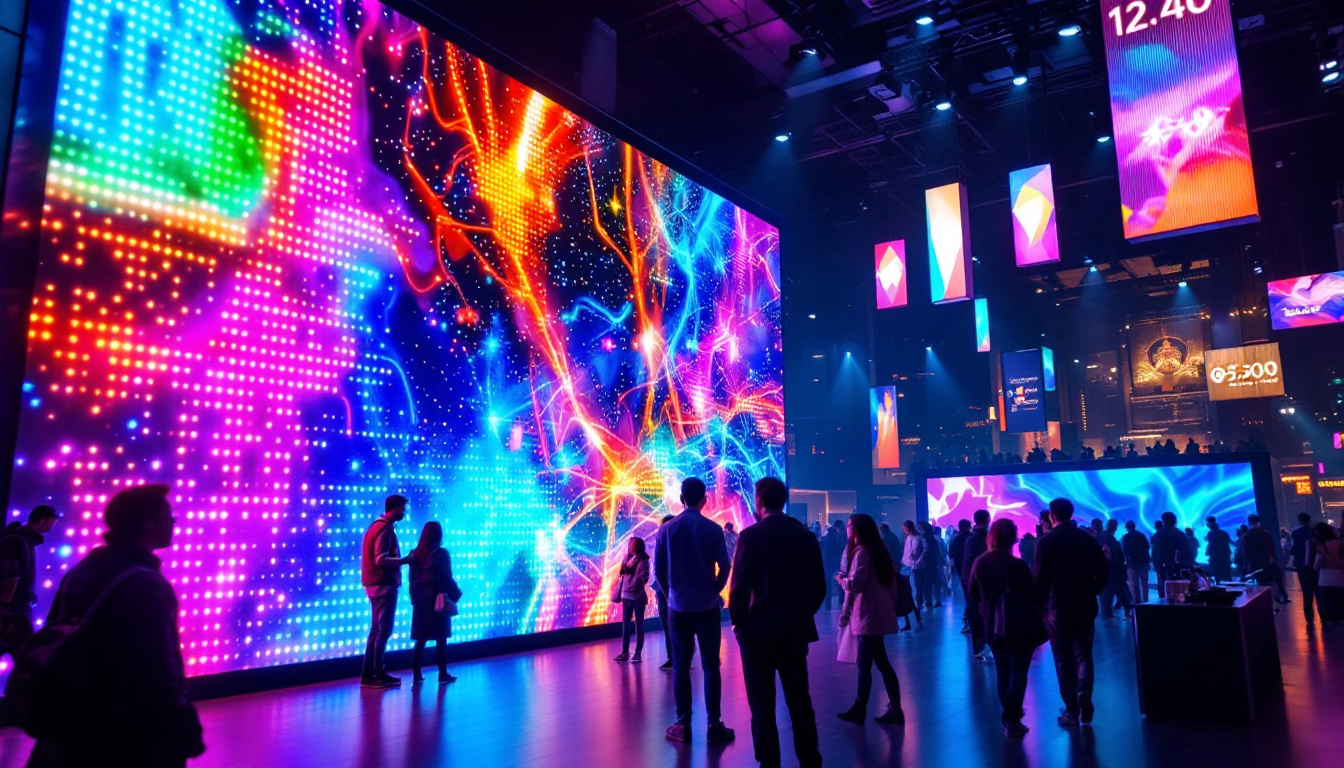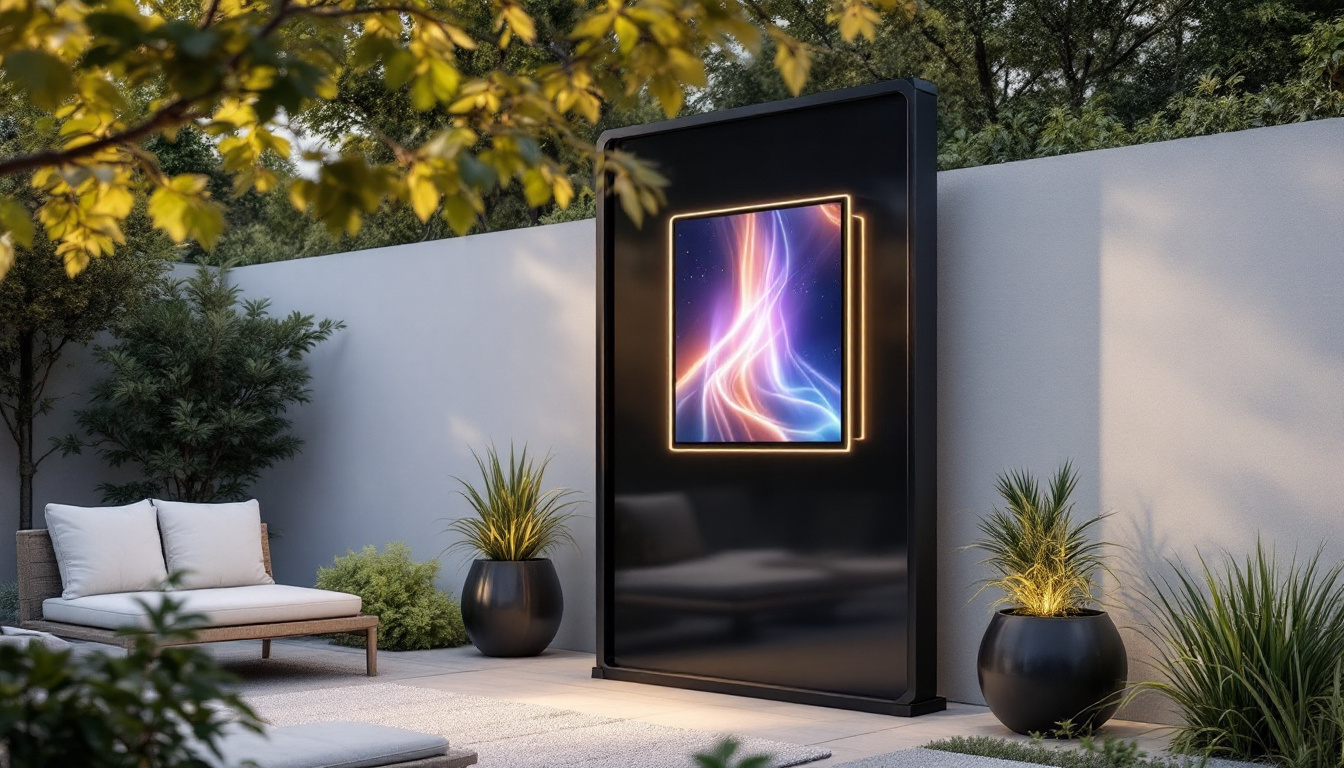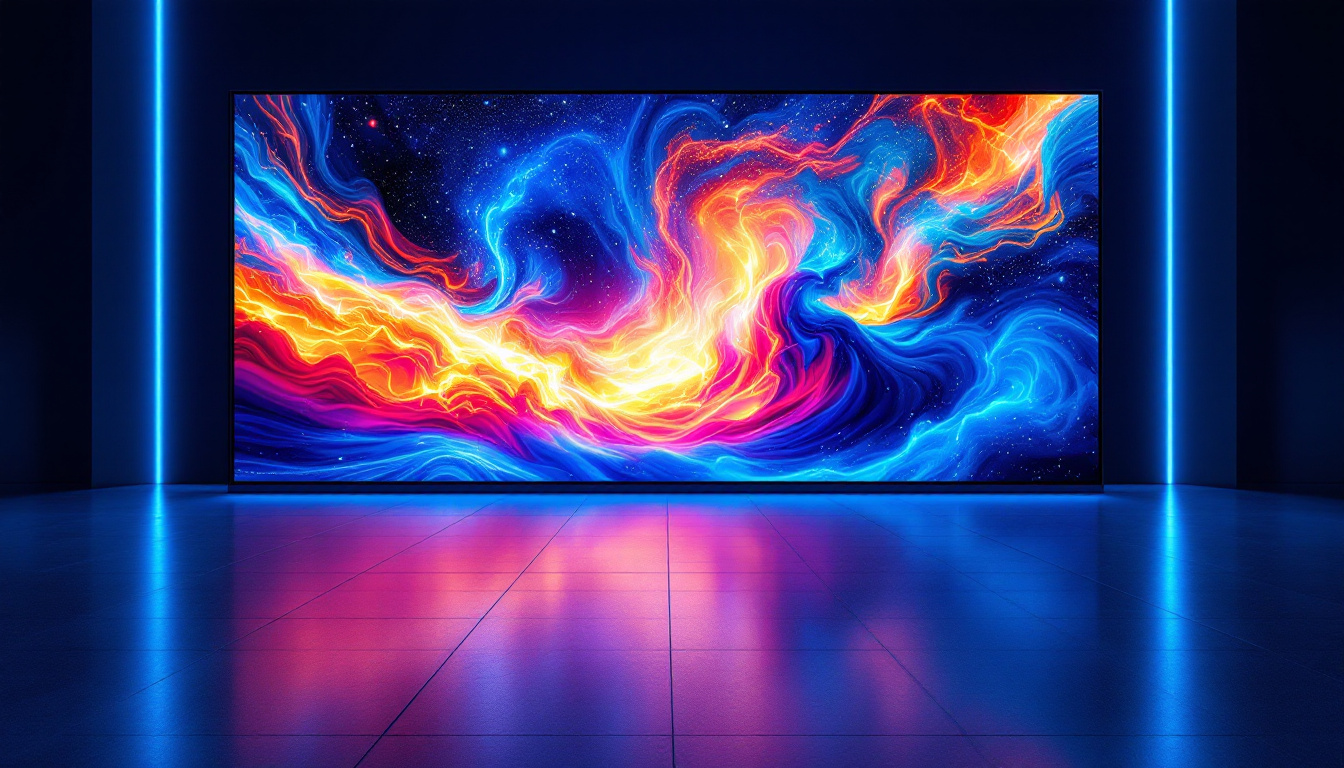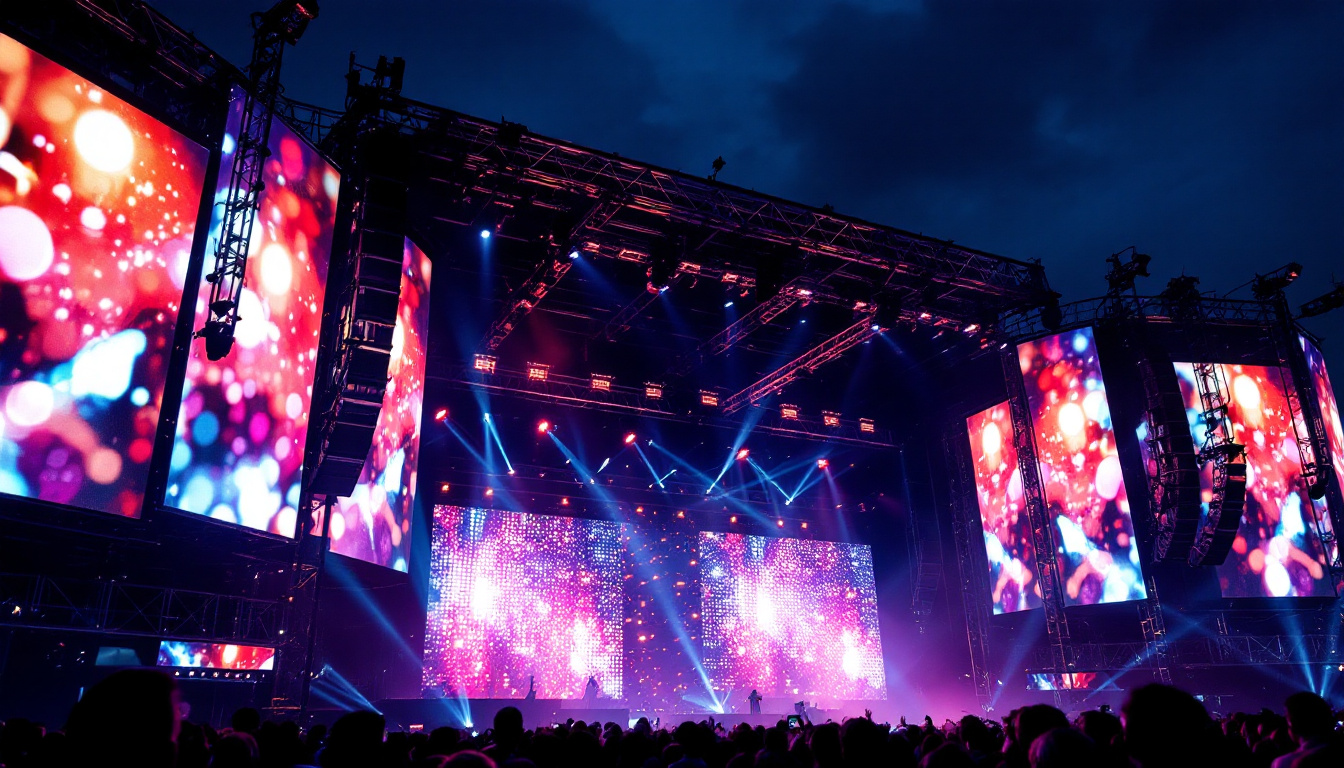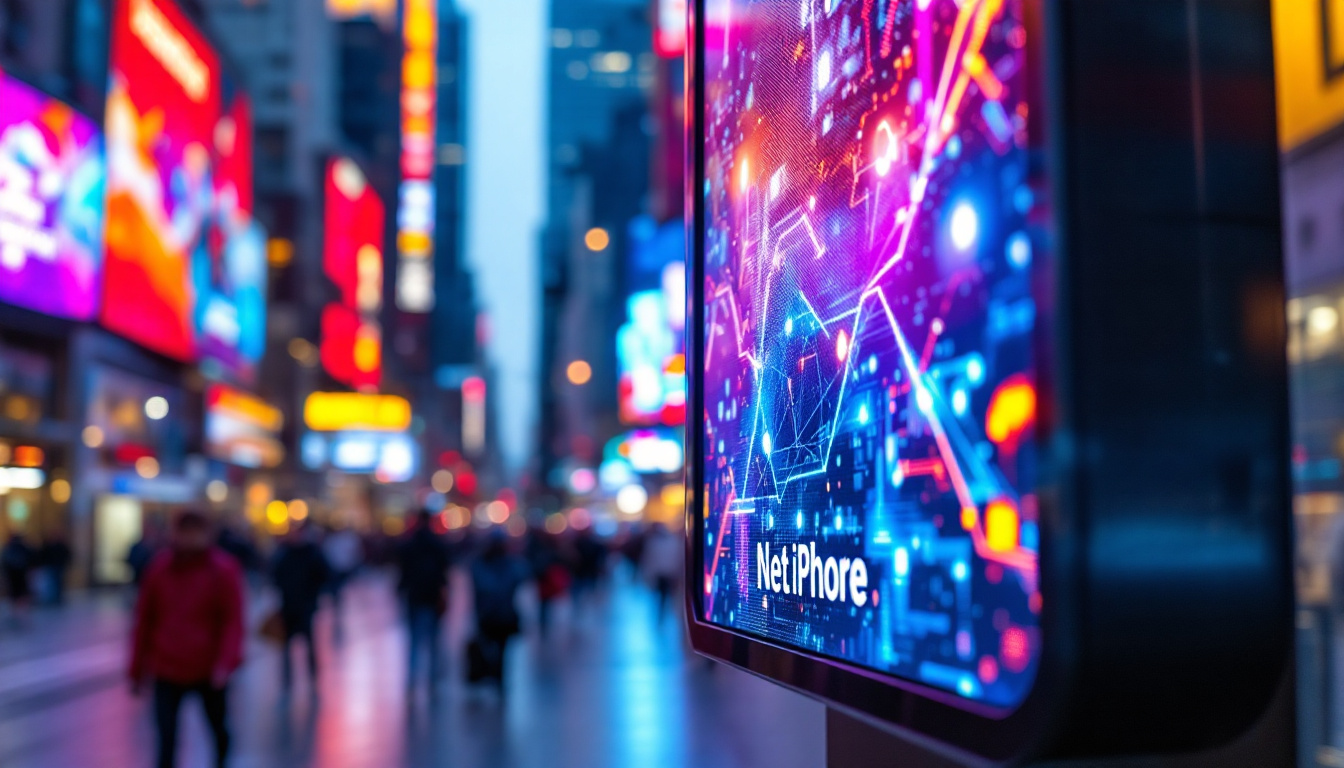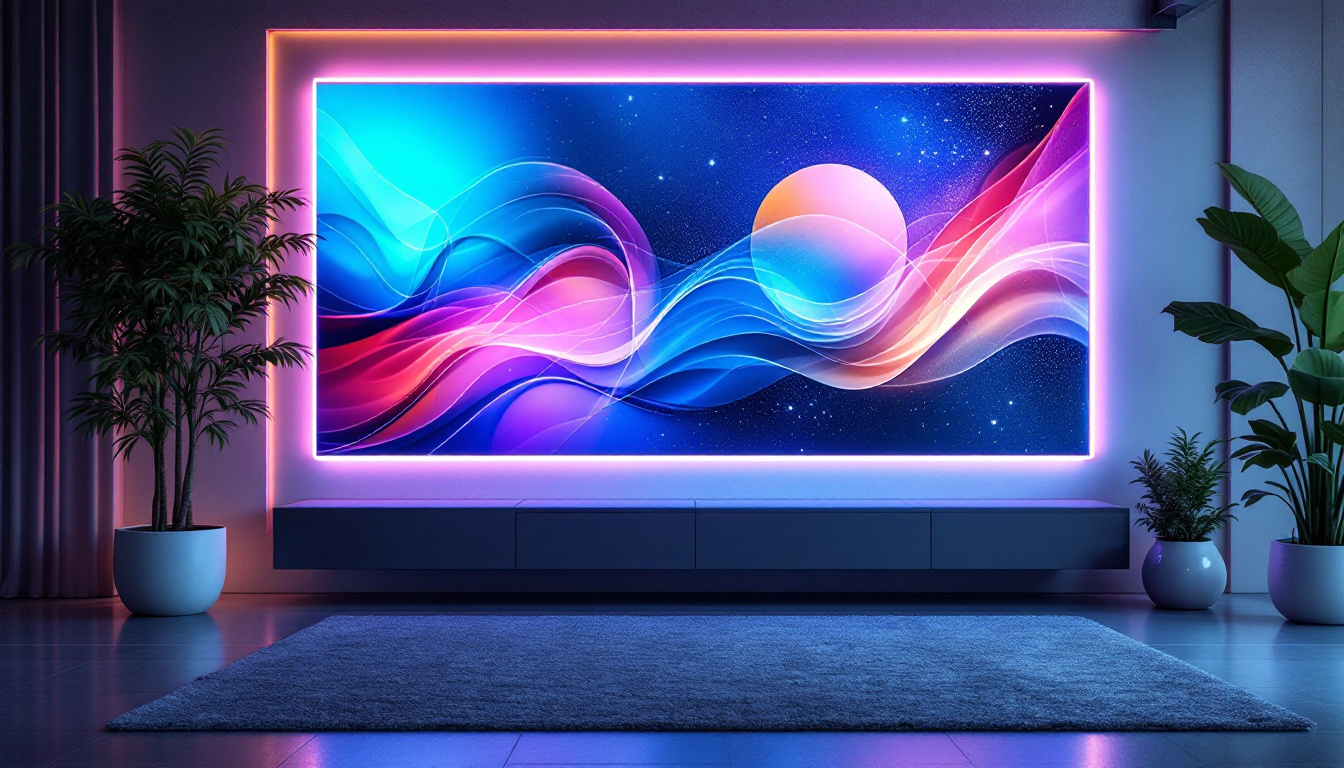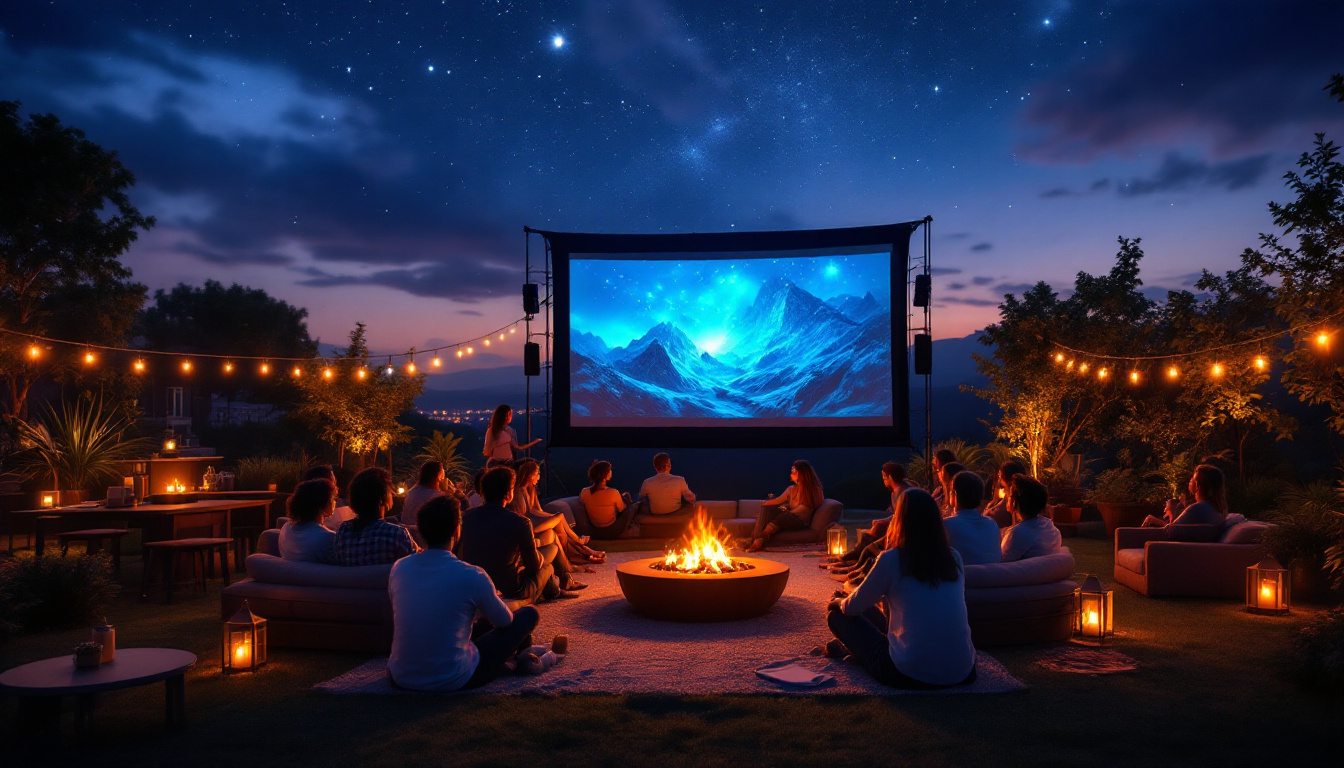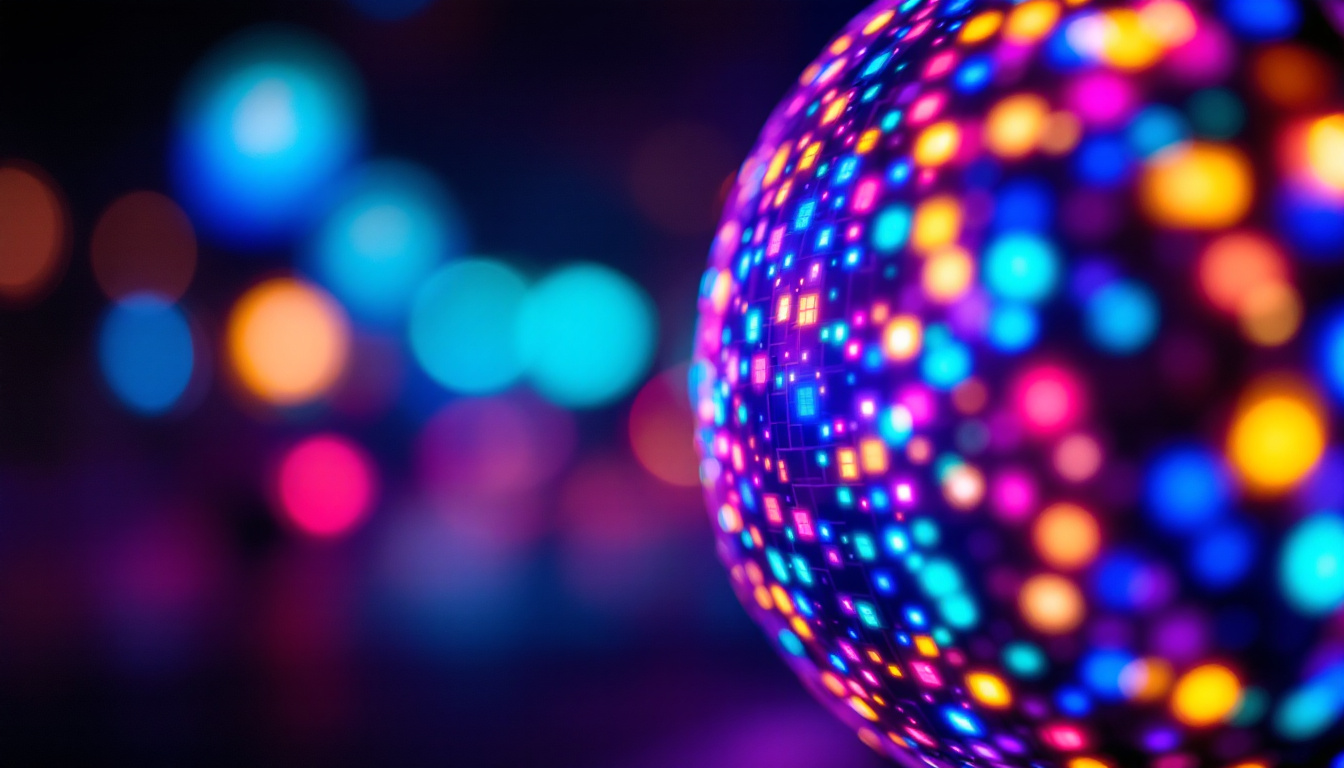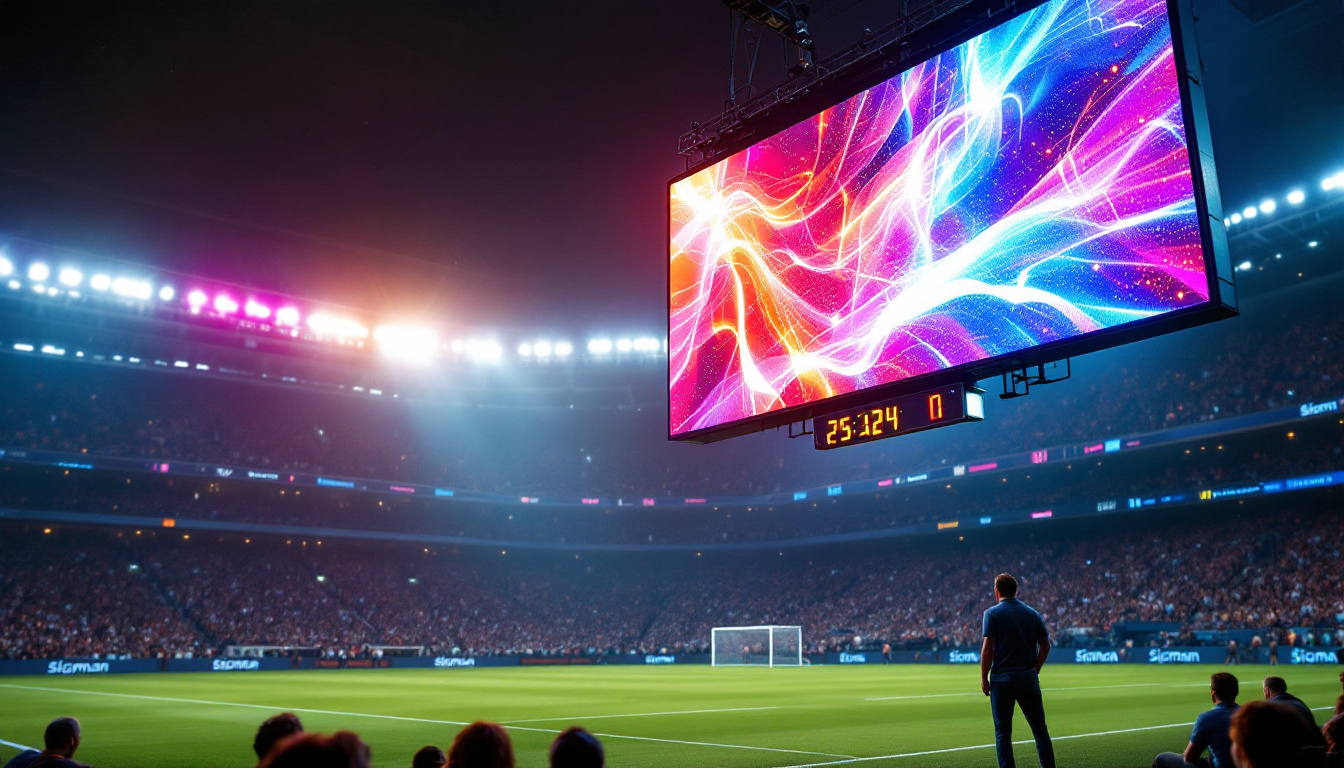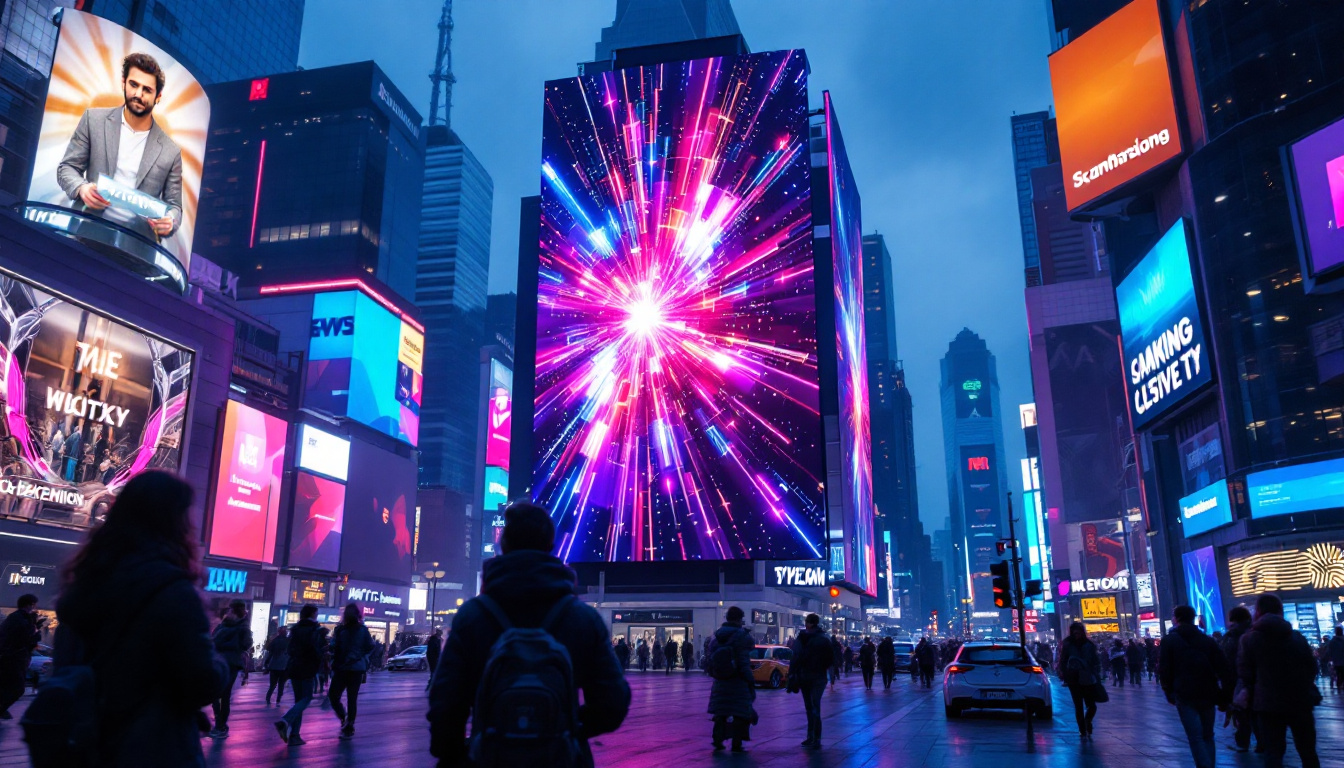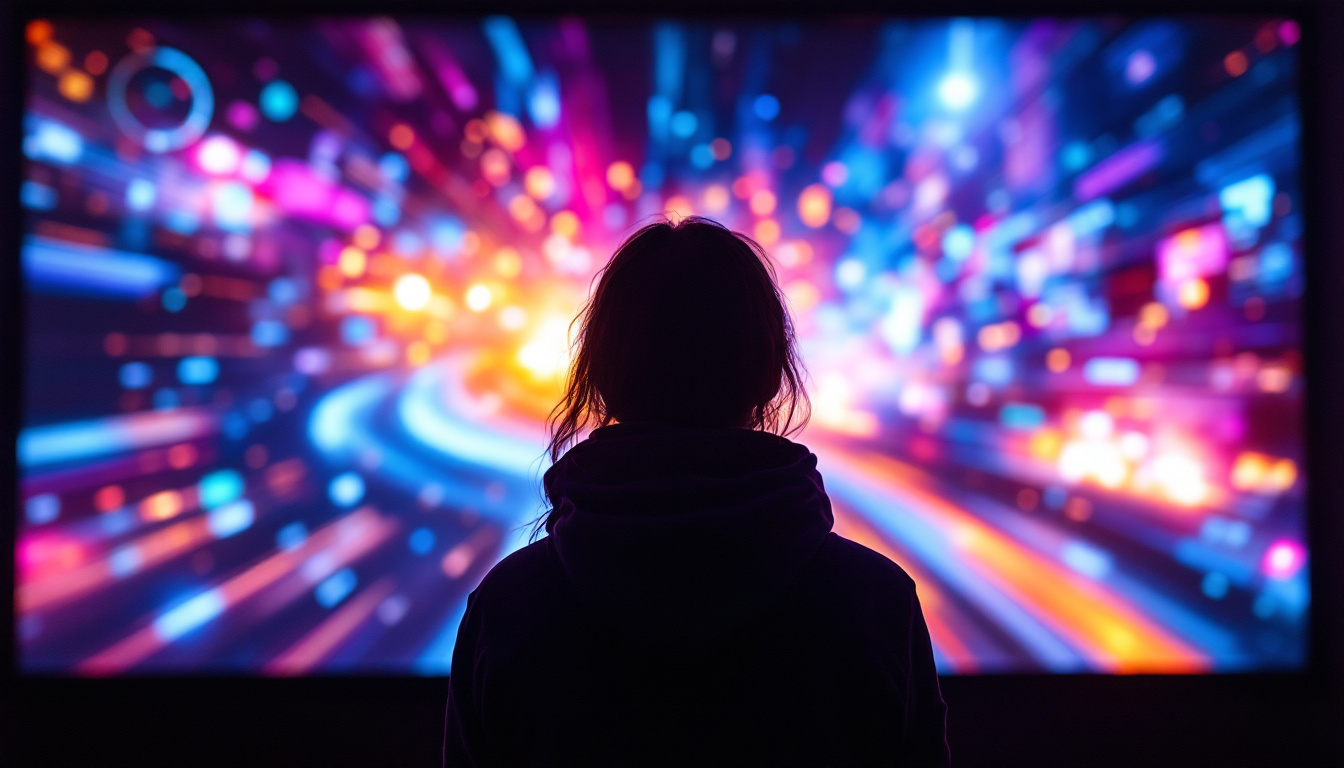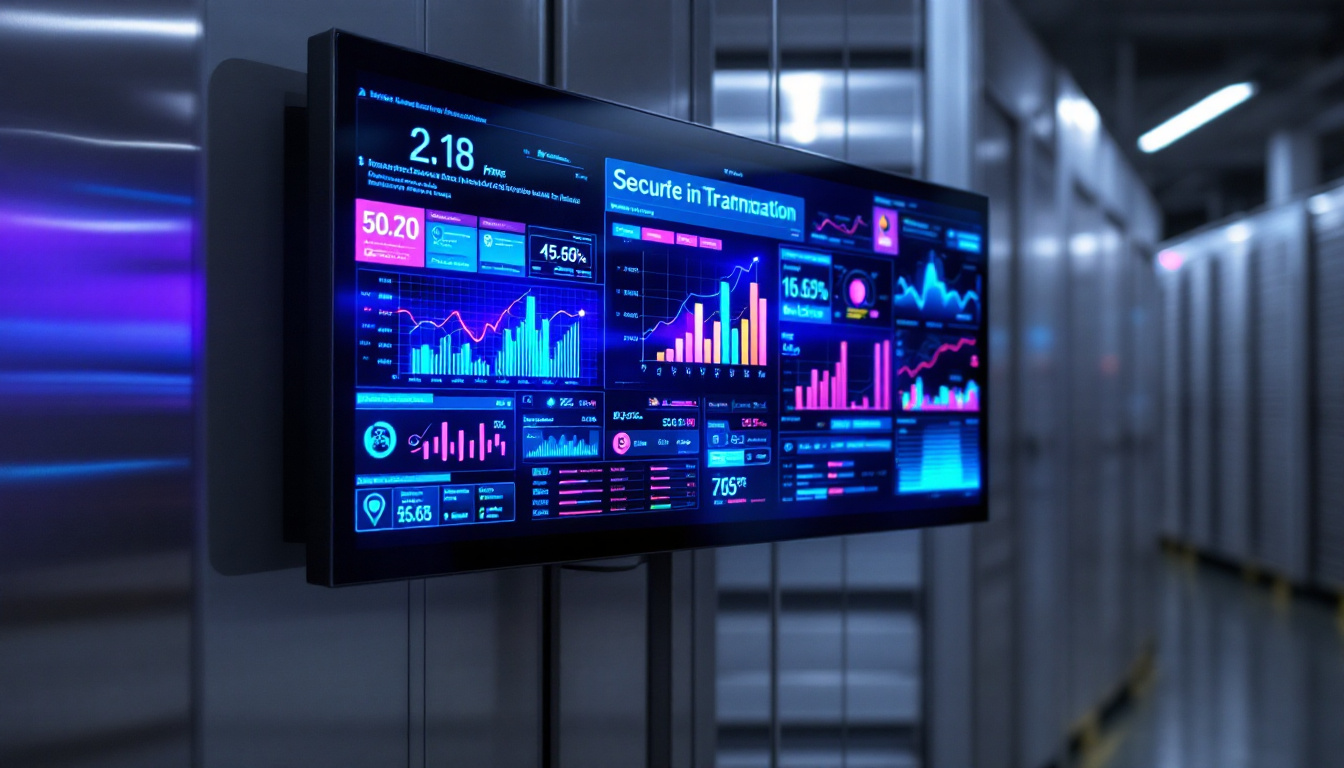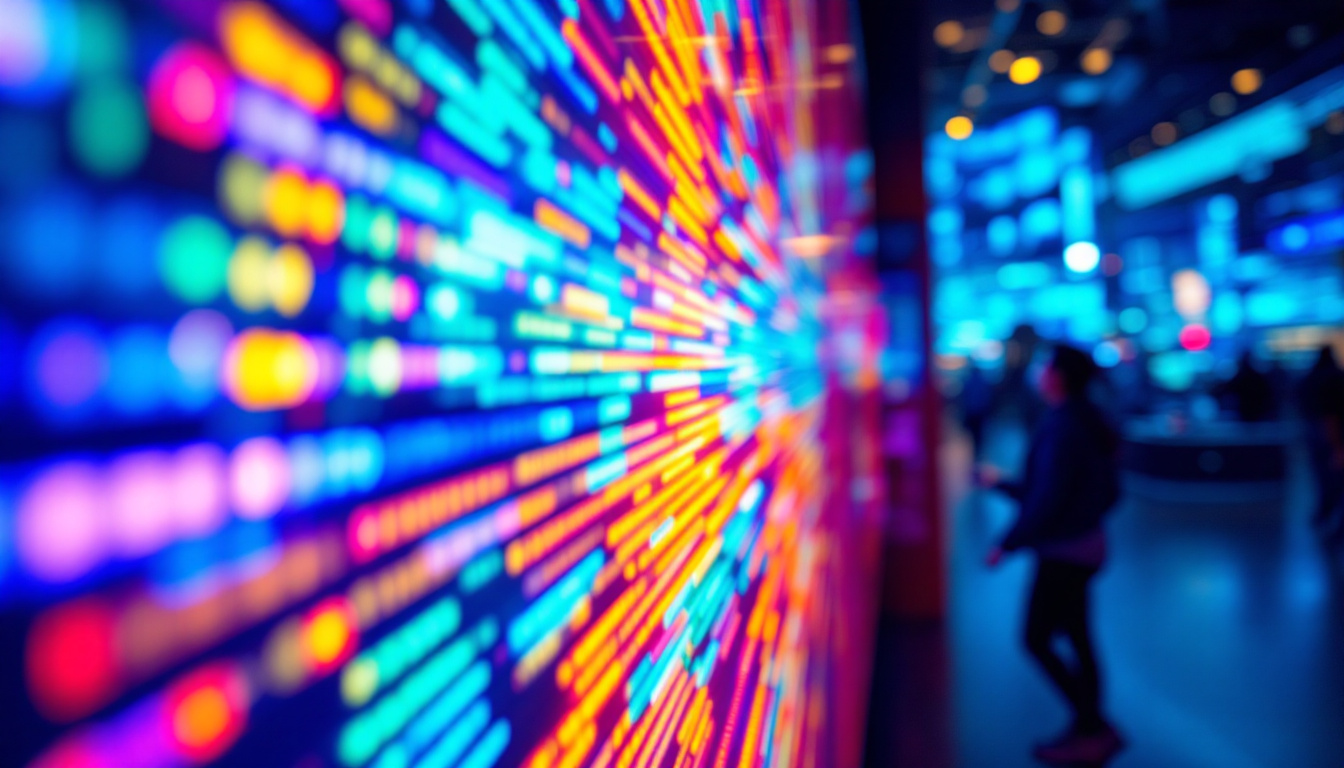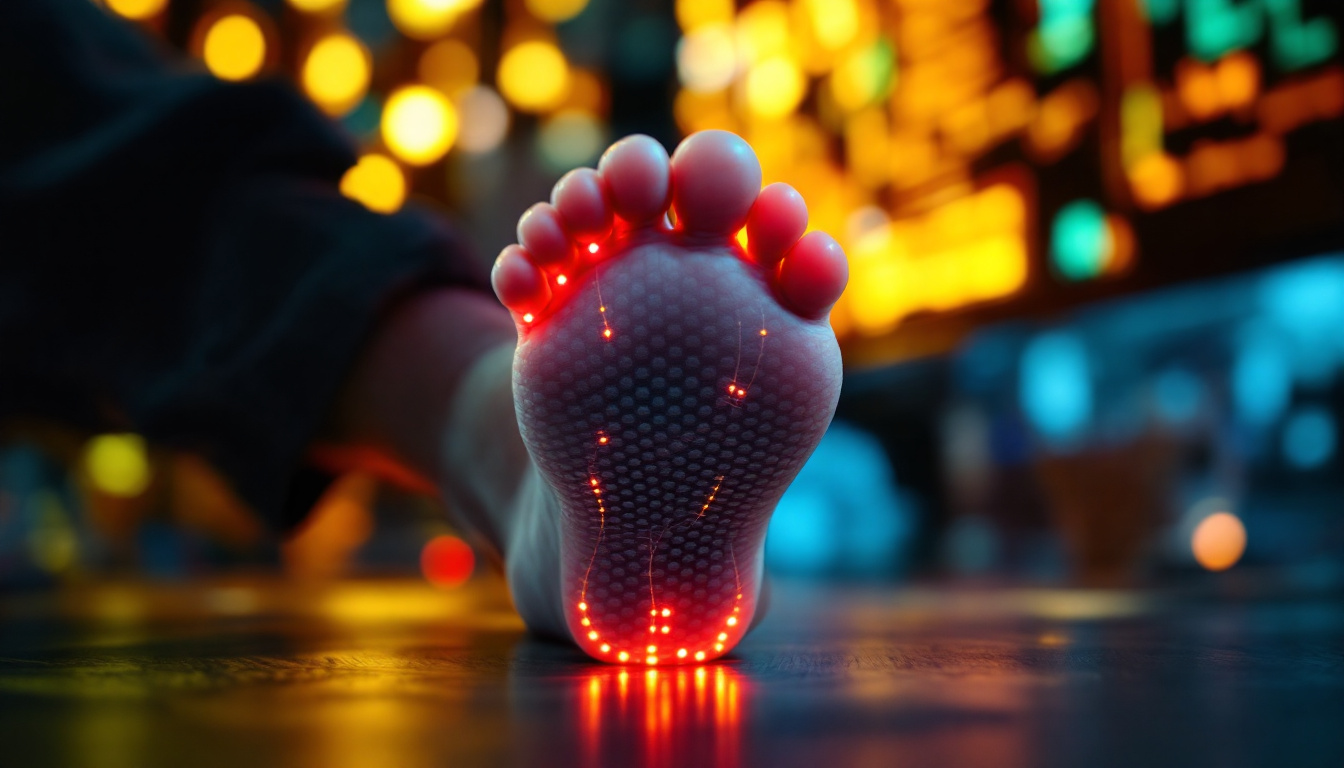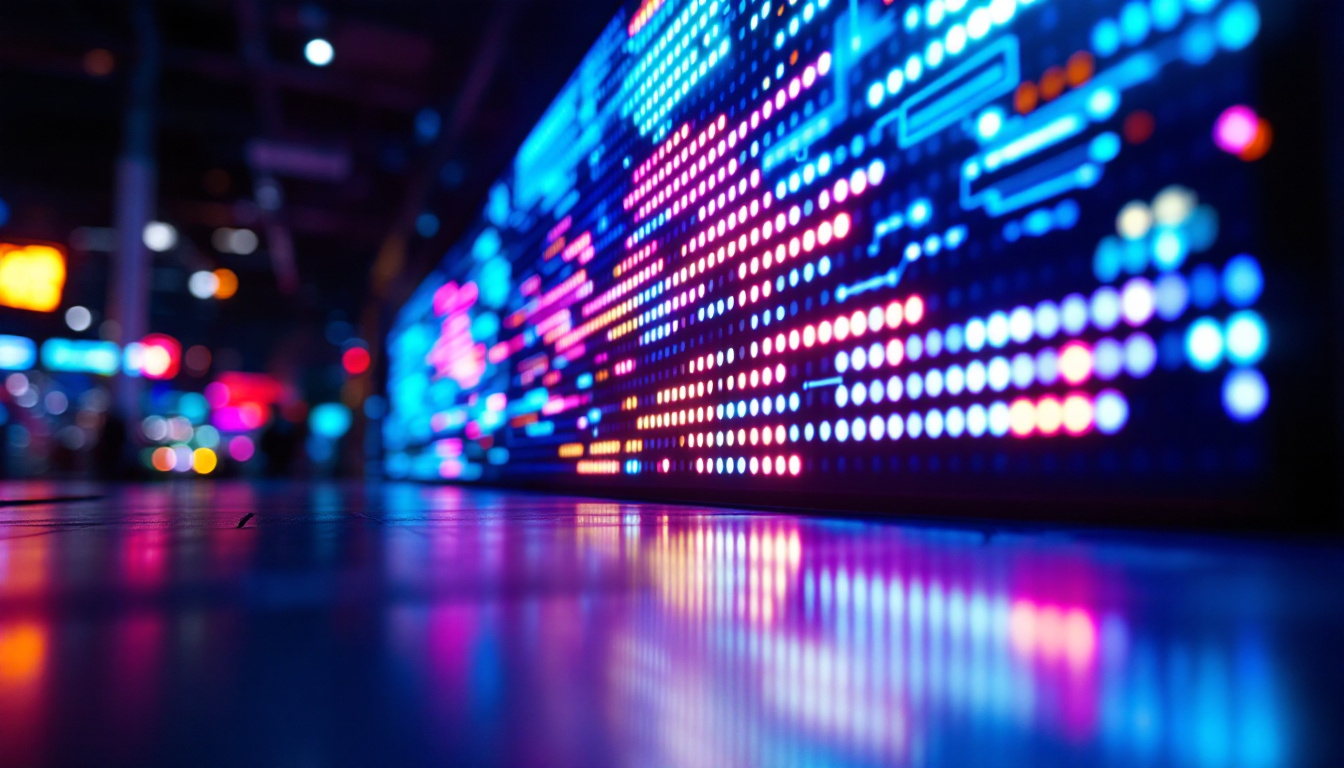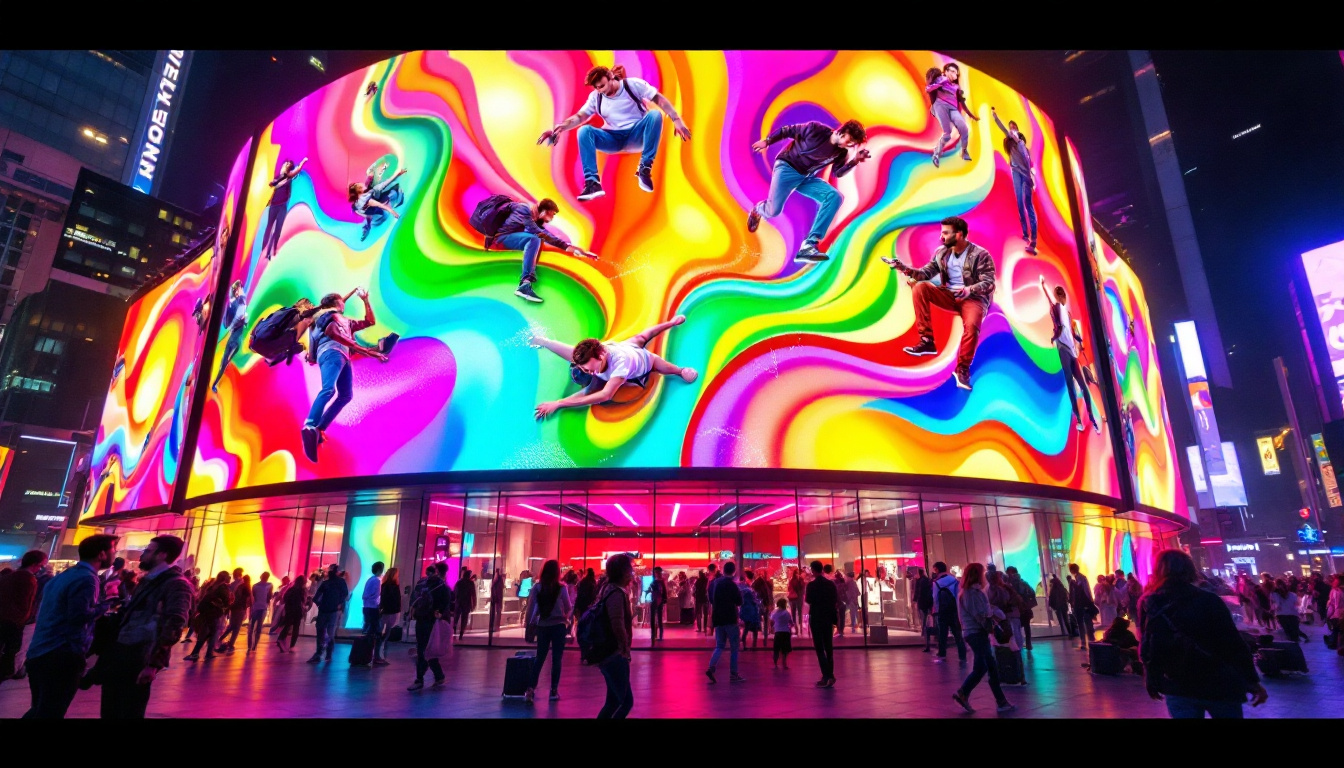In the modern world of visual communication, LED displays have emerged as a dominant technology. Their versatility and efficiency make them an ideal choice for various applications, from advertising to entertainment. This article delves into the intricacies of LED displays, exploring their functionality, advantages, and the technology behind them.
Understanding LED Technology
What is LED?
LED stands for Light Emitting Diode, a semiconductor device that emits light when an electric current passes through it. The technology has evolved significantly since its inception, transitioning from simple indicator lights to complex displays capable of producing vibrant images and videos. Originally, LEDs emitted only red light, but advancements in materials and technology have enabled the production of LEDs that can emit a wide range of colors, including blue and green, which are critical for creating white light through various combinations.
The fundamental principle behind an LED is electroluminescence, where the movement of electrons in a semiconductor material generates photons, or light particles. This process is not only energy-efficient but also allows for a broad spectrum of colors, making LEDs suitable for various applications. Additionally, LEDs have a longer lifespan compared to traditional incandescent bulbs, often lasting tens of thousands of hours, which contributes to their growing popularity in both residential and commercial lighting solutions.
Types of LED Displays
LED displays can be categorized into several types, each serving unique purposes. The most common types include:
- Direct View LED: These displays consist of individual LED modules that are arranged to form a larger screen. They are often used for large outdoor billboards and digital signage. Their ability to produce bright images even in direct sunlight makes them ideal for advertising and public information displays.
- LED Backlit LCD: In this configuration, LEDs are used as a backlight for an LCD panel, enhancing brightness and color accuracy. This type is prevalent in televisions and computer monitors. The introduction of edge-lit and full-array backlighting techniques has further improved the performance of these displays, allowing for better contrast and deeper blacks.
- Organic LED (OLED): OLED technology uses organic compounds that emit light when an electric current is applied. These displays offer superior color reproduction and contrast ratios, making them popular in high-end televisions and smartphones. Furthermore, OLED panels are thinner and more flexible than traditional LCDs, paving the way for innovative designs such as curved screens and foldable devices.
In addition to these types, there are also specialized LED displays such as MicroLED, which utilizes microscopic LEDs to create high-resolution images with exceptional brightness and energy efficiency. This emerging technology promises to combine the best features of OLED and traditional LED displays, potentially revolutionizing the market with even more vibrant colors and improved durability. As the demand for high-quality visual experiences continues to grow, the evolution of LED technology is likely to play a pivotal role in shaping the future of display solutions.
How LED Displays Work
The Components of LED Displays
Understanding the components of LED displays is crucial to grasp how they function. Key components include:
- LED Chips: These are the core elements that emit light. Different colors are achieved by using various semiconductor materials.
- Driver Circuitry: This component regulates the power supplied to the LED chips, ensuring consistent brightness and color accuracy.
- Control System: The control system manages the content displayed on the screen, allowing for dynamic images and videos to be shown.
In addition to these primary components, LED displays often incorporate heat sinks to dissipate heat generated by the LED chips during operation. This is vital for maintaining performance and longevity, as excessive heat can lead to reduced efficiency and color degradation over time. Furthermore, many modern LED displays utilize advanced materials for the screen itself, such as tempered glass or specialized plastics, which enhance durability and improve visual clarity.
The Display Process
The process of displaying images on an LED screen involves several steps. First, the control system receives the digital content, which is then processed by the driver circuitry. The driver sends signals to the LED chips, activating them in specific patterns to create the desired image. This rapid switching of LEDs allows for the seamless display of videos and animations.
Moreover, the refresh rate of an LED display is crucial. A higher refresh rate ensures smoother transitions and reduces flickering, enhancing the viewer’s experience, particularly in fast-moving visuals. Additionally, the color depth of the display plays a significant role in the richness of the images produced. Displays with higher color depth can showcase a wider range of colors, resulting in more vibrant and lifelike images. This is especially important in applications such as digital signage and entertainment, where visual impact is paramount.
Advantages of LED Displays
Energy Efficiency
One of the most significant advantages of LED displays is their energy efficiency. Compared to traditional display technologies, such as incandescent or fluorescent lights, LEDs consume significantly less power. This efficiency translates to lower operational costs, making them an attractive option for businesses and organizations. Furthermore, the reduced energy consumption contributes to a smaller carbon footprint, which is increasingly important in today’s environmentally conscious society. By opting for LED technology, companies can not only save on electricity bills but also enhance their sustainability efforts, appealing to eco-minded consumers and stakeholders.
Longevity and Durability
LED displays boast a longer lifespan, often exceeding 50,000 hours of usage. This durability is particularly beneficial in outdoor settings where displays are exposed to harsh weather conditions. Additionally, LEDs are more resistant to shock and vibration compared to traditional display technologies, further enhancing their longevity. The robust construction of LED displays means they require less frequent replacements and maintenance, which can lead to significant cost savings over time. This reliability makes them an ideal choice for critical applications, such as transportation signage and emergency alerts, where consistent performance is paramount.
Brightness and Visibility
LED displays are known for their exceptional brightness, making them suitable for various environments, including direct sunlight. This high visibility ensures that content remains clear and legible, regardless of external lighting conditions. This feature is particularly advantageous for outdoor advertising and public information displays. Moreover, the ability to adjust brightness levels dynamically allows for optimal viewing experiences at any time of day, enhancing user engagement. The vivid colors and high contrast ratios of LED displays also contribute to more striking visuals, capturing the attention of passersby and creating memorable impressions. This capability is especially beneficial for event promotions, where grabbing attention quickly can lead to increased foot traffic and sales.
Applications of LED Displays
Advertising and Marketing
LED displays have revolutionized the advertising industry. Their ability to display dynamic content allows businesses to capture attention effectively. From large billboards in urban centers to smaller displays in retail environments, LED technology enables advertisers to convey messages in engaging ways.
Moreover, the flexibility of LED displays allows for real-time updates, enabling businesses to change their advertisements based on current promotions or events. This adaptability can significantly enhance marketing strategies, leading to increased customer engagement.
Entertainment and Events
In the entertainment sector, LED displays play a crucial role in concerts, festivals, and sporting events. Large-scale LED screens are often used to enhance the visual experience for audiences, providing high-quality visuals that complement performances.
Additionally, LED technology is utilized in stage backdrops, allowing for creative and immersive environments. The ability to create stunning visuals in real-time adds a dynamic element to live events, captivating audiences and enhancing their overall experience.
Challenges and Considerations
Initial Costs
While the long-term benefits of LED displays are significant, the initial investment can be a barrier for some organizations. The cost of high-quality LED technology can be substantial, particularly for large installations. However, it is essential to consider the potential return on investment through energy savings and increased engagement.
Maintenance and Upkeep
Despite their durability, LED displays require regular maintenance to ensure optimal performance. Dust and debris can accumulate on the surface, affecting visibility. Additionally, components may need replacement over time, necessitating a maintenance plan to address these issues promptly.
The Future of LED Displays
Technological Advancements
The future of LED displays is promising, with ongoing advancements in technology. Innovations such as MicroLED and MiniLED are emerging, offering even greater resolution and color accuracy. These technologies promise to push the boundaries of what is possible in display technology, providing even more immersive experiences.
Sustainability Initiatives
As environmental concerns grow, the LED industry is also focusing on sustainability. Efforts are being made to create more eco-friendly manufacturing processes and recyclable materials. These initiatives aim to reduce the environmental impact of LED displays, aligning with global sustainability goals.
Conclusion
LED displays have transformed the landscape of visual communication, offering unparalleled advantages in energy efficiency, durability, and versatility. Their applications span various industries, from advertising to entertainment, making them an essential component of modern technology.
As advancements continue to shape the future of LED technology, organizations must consider the benefits and challenges associated with their implementation. By understanding the intricacies of LED displays, businesses can make informed decisions that enhance their visual communication strategies and drive engagement.
In a world where capturing attention is paramount, LED displays stand out as a powerful tool for conveying messages effectively and creatively. As technology evolves, the potential for LED displays will only expand, paving the way for innovative applications and enhanced viewer experiences.
Illuminate Your Message with LumenMatrix
Ready to elevate your visual communication and captivate your audience like never before? Discover the innovative world of LumenMatrix LED display solutions. From the vibrant Indoor LED Wall Display to the dynamic Outdoor LED Wall Display, and from the mobile versatility of Vehicle LED Displays to the interactive Floor LED Displays, LumenMatrix offers an array of cutting-edge products designed to bring your brand to life. Embrace the future of digital signage with our Custom LED Displays, All-in-One LED Displays, and LED Transparent Displays. Check out LumenMatrix LED Display Solutions today and transform your visual storytelling with clarity and impact.



